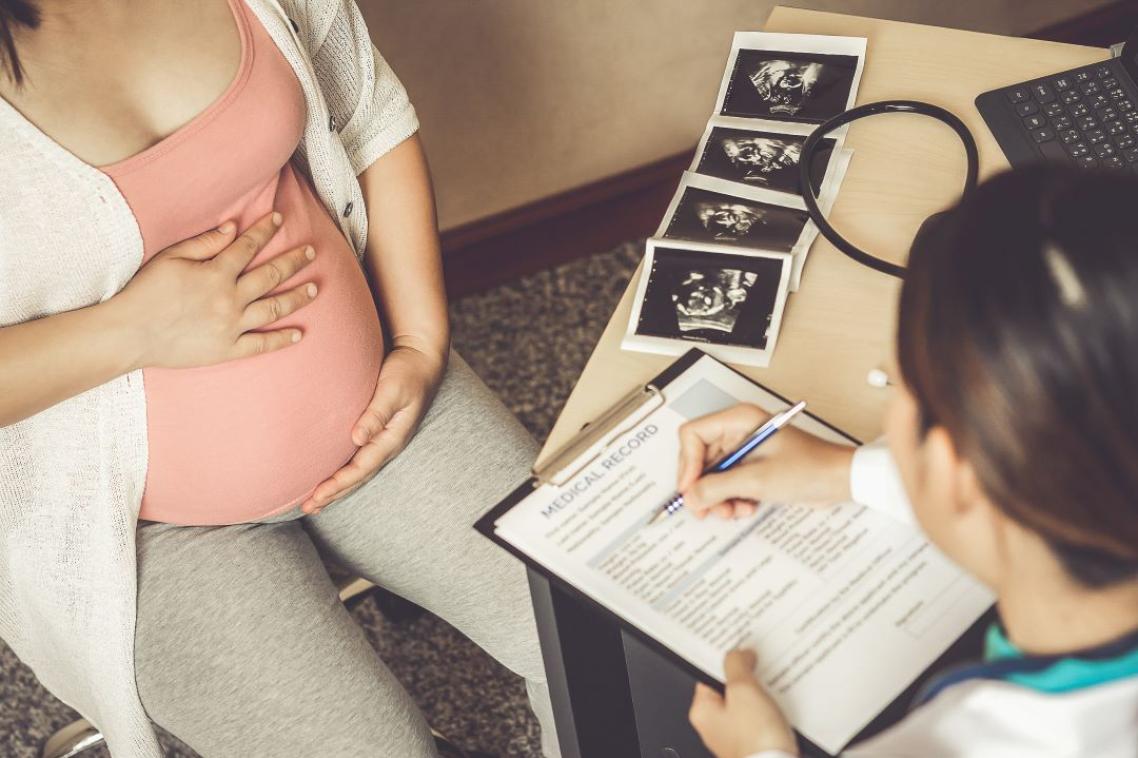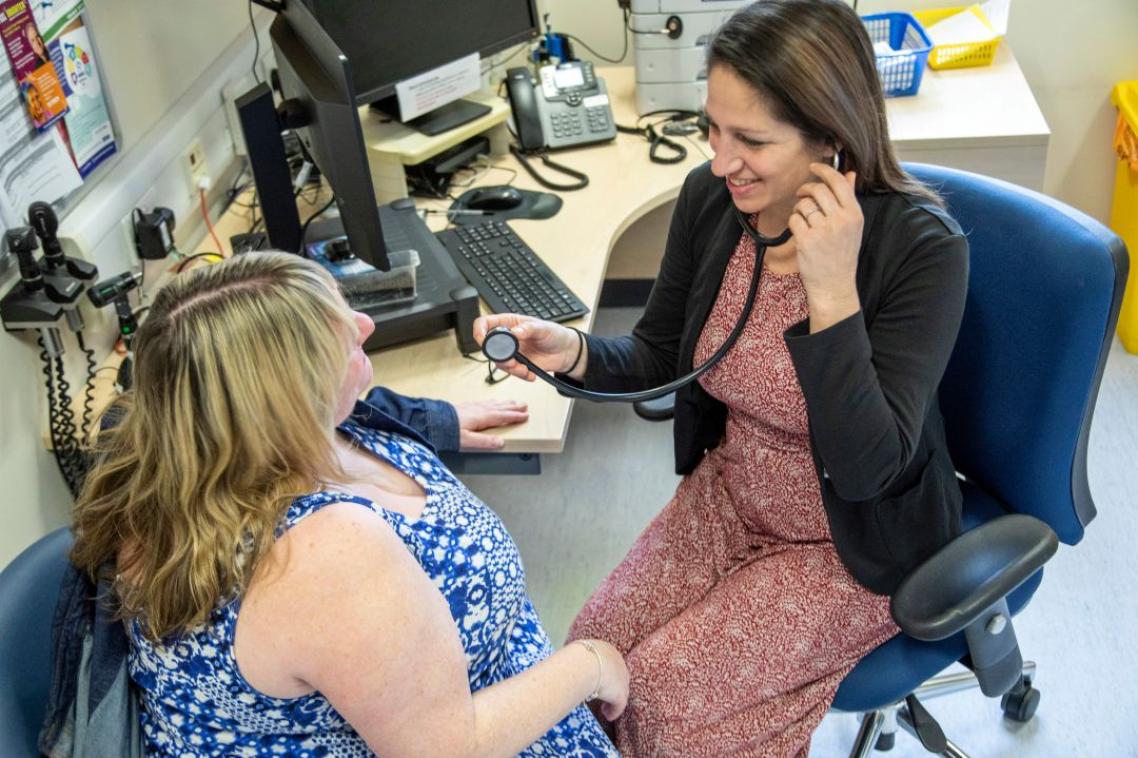Antenatal visits key to reducing tobacco and alcohol use in pregnancy

Women who had fewer than 2 antenatal visits were up to 15 times more likely to drink alcohol later in pregnancy.
(Photo credit: InfiniteFlow, Adobe Stock. )
Key points
- Women who are single, have less than 2 antenatal visits, or who have a mental health condition have the highest rates of smoking in pregnancy.
- Women who have less than 2 antenatal visits are up to 15 times more likely to drink alcohol later in pregnancy.
- Public health support needs to focus on early pregnancy for alcohol use, and throughout the entire pregnancy for smoking.
Rates of smoking and drinking alcohol during pregnancy have decreased but high-risk groups still need targeted interventions, researchers have found.
A University of Queensland-led study examined smoking and alcohol use throughout pregnancy using data from more than 57,000 women who gave birth in Queensland in 2022-2023.
UQ’s Dr Claudia Bull from the Queensland Centre for Mental Health Research said the data showed alcohol use dropped dramatically during pregnancy, but smoking was more persistent.
“This tells us we need different strategies for different substances,’’ Dr Bull said.
“Public health campaigns and support services need to focus on the early stages of pregnancy – even before conception – especially when it comes to alcohol.
“For smoking, support needs to continue throughout the entire pregnancy.
“Our research shows many women reduce or stop smoking and drinking once they know they’re pregnant, but not everyone gets the support they need to make those changes.’’
The study examined key sociodemographic factors such as number of antenatal visits, previous pregnancies, medical conditions, age, marital status and place of residence in assessing the risk of tobacco smoking and alcohol use.
It found women who were single, did not receive antenatal care or had less than 2 antenatal visits throughout their pregnancy, or who had a recorded mental health condition had the highest rates of smoking in both early and late pregnancy.
Women who had fewer than 2 antenatal visits were also up to 15 times more likely to drink alcohol later in pregnancy.
The highest rates of smoking in early and late pregnancy were among women who did not receive any antenatal care, with 52.2 per cent and 47.7 per cent respectively.
“This is a powerful reminder of how vital early and regular maternity care is and how critical it is to make antenatal care more accessible,’’ Dr Bull said.
"Compassionate, non-judgmental antenatal care can make all the difference, especially for women facing challenges like mental health issues or living in a remote area."
Dr Bull said Queensland data was chosen because Australian Institute of Health and Welfare data shows it has one of the highest rates of prenatal smoking across Australia, and the highest rate of prenatal alcohol consumption.
“Smoking and drinking during pregnancy can seriously affect the health of mothers and their babies, leading to complications like low birth weight, developmental delays and even lifelong conditions like fetal alcohol spectrum disorder,’’ Dr Bull said.
“Yet knowledge can be limited on those risks across the pregnancy period.
“This study calls for better messaging as well as more compassionate and culturally responsive care, especially for under-served groups.
“It’s not about telling women what not to do but supporting them with the right care at the right time.’’
The research is published in Drug and Alcohol Dependence.
Topics
Related articles

Nature versus nurture question addressed in landmark study

A better way to assess cardiovascular health
Media contact
UQ Communications
communications@uq.edu.au
+61 429 056 139
